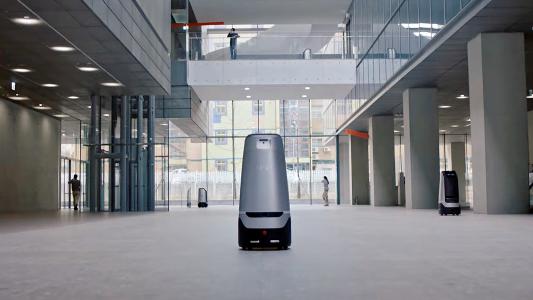On November 30, OpenAI — the research lab behind the groundbreaking text-to-image AI DALL-E 2 — unveiled its latest creation: ChatGPT, an AI chatbot capable of providing detailed responses to text prompts.
Within five days, more than one million people had signed up to test the cutting-edge technology, according to OpenAI President Greg Brockman, and their prompts and the AI’s responses are now flooding Twitter feeds as people marvel at the bot’s mastery of language.
Note: that’s “mastery of language” and not “mastery of facts” — the bot is trained specifically to generate human-like text, so while its responses sound correct, and often are, they can contain basic factual errors.
That might be a problem for, say, using the AI to generate working computer code by itself, but the Twittersphere has found many other endeavors at which the bot excels — or at least entertains.
Here are a few of our favorites.
Plotting movies
Several Twitter users have tested out ChatGPT’s potential to pen the next Hollywood blockbuster, with varying results
The AI crafted without hesitation one sheets for @GuyP’s horror movie, set on an oil rig, and @mostserene‘s rom-com, set at the Hoover Dam, but it balked at @andyyoungfilm’s request for details on a mean-spirited sports flick titled “Four Eyes.”
ChatGPT isn’t that nice, though — it was willing to tear into “Oil and Darkness” in the style of Roger Ebert, calling the as-yet-unmade film’s attempts at suspense “laughably bad.”
Brainstorming side hustles
The Twitter account @aifunhouse’s “day job” is providing tips and tutorials on how to use generative AI, but sometimes you need a side hustle to pay the bills. To decide just what that side hustle should be — and how to get it off the ground — the team turned to ChatGPT.
The AI provided a five-step plan for launching an online business that included tips for making a website and driving traffic, and it even gave them a list of potential products and services to sell, with the advice to conduct market research to assess potential demand.
Telling jokes
ChatGPT users have gotten a laugh out of the bot’s ability to tell jokes, sometimes because they’re actually funny (see the Norm McDonald-style holiday zinger below) and sometimes because they’re so bad — if any dads out there are in need of new material, ChatGPT’s gotchu.
ChatGPT can explain jokes upon request, too, and tell jokes even when it isn’t explicitly asked for them. The AI will also sometimes explain a joke right after delivering it, which we all know is the height of comedy.
Guiding weight loss
Twitter’s @anothercohen had mixed results when he tried to use ChatGPT to prepare a detailed weight loss plan, complete with food and workout recommendations.
It took some repeated questioning to get the calorie counts right, and the AI never did give him a workout that met his constraints, but it was able to calculate his nutritional needs, prepare a daily menu, and come up with a detailed grocery list.
Bossing around other AIs
ChatGPT’s arrival comes right on the heels of Dall-E 2, and many Twitter users are using the new AI to generate prompts to feed into its predecessor and other text-to-image AIs — @GuyP even created images to go along with ChatGPT’s ideas for “Oil and Darkness.”
We’d love to hear from you! If you have a comment about this article or if you have a tip for a future Freethink story, please email us at [email protected].





